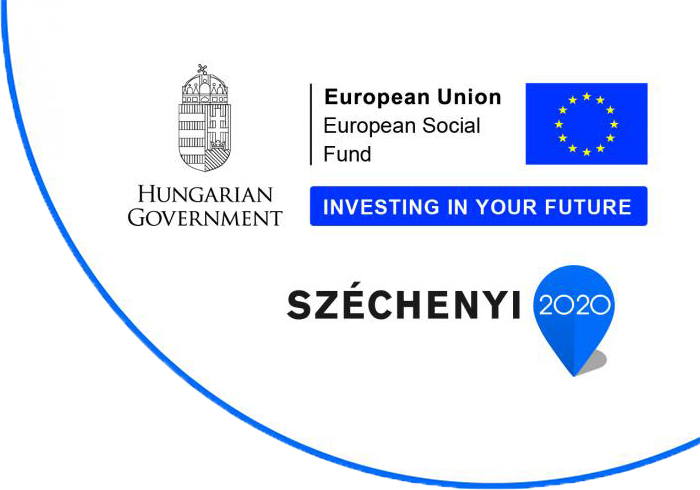Marketing technology landscape

Martech describes the relationship between technology and marketing, with the intention of providing useful tools to meet marketing objectives. However, these tools are not one-size-fits-all - marketers need to choose from a broader martech market to meet their unique initiatives. When looking at the market as a whole, we are looking at the martech landscape.
With so many tools in the market, a little knowledge can go a long way. Let's take a closer look at three trends in the marketing landscape that should be considered when choosing a marketing technology for 2022.
Trend 1: More spend and more tools
Marketing technology is already a major line item for most marketing teams, accounting for 26.2 percent of the average marketing budget, according to Gartner. However, despite accounting for a significant portion of the budget, executives are still insisting on expanding their martech stack. In fact, Gartner (Gartner, Inc. is a technology research and advisory firm) found that 68 percent of CMOs plan to increase their technology spending during 2022.
The martech landscape continues to grow not only because of the new and exciting solutions on the market, but also because of the disruption caused by the COVID-19 epidemic. Marketers have had to become much more transparent about their digital marketing spend, and the acquisition of certain marketing technology tools has been essential to attribute, analyse and execute in the new marketing landscape. For most, further investment in martech was inevitable.
For this reason, marketers should be prepared for their competitors to expand their martech stacks - and consider expanding their own. In addition, if you are considering the purchase of new marketing technology, bear in mind that it is becoming increasingly important to assess your current stack and how difficult it will be to integrate between a growing number of interconnected but separate tools.
Trend 2: Data access and personalisation in a cookie-free future
As you read this, there is a wealth of data circulating on the internet that is ripe for the picking. Big data is the norm, and it seems that everywhere you look, there are opportunities to collect or buy data. But some industry leaders suspect a wind of change is coming - and it's not just about GDPR or CCPA. Today, these leaders are worried about the implications of a future without cookies.
Since the dawn of the internet, cookies have been one of the most widely used ways for marketers to gain insights about marketing engagement. But that era is coming to an end. Browsers such as Safari and Firefox have already removed tracking of third-party cookies, and Google Chrome has pledged to phase out third-party cookies by the end of 2022. This gives marketers less than a year to adjust their data collection strategy and find tools to support this new strategy.
Find a martech tool that can collect and attribute consumer data properly without cookies. A solution that can measure both aggregate and person-level data, giving you the flexibility to make accurate and timely decisions using fewer cookies.
Trend 3: Accounting for unusual events
No one will soon forget how COVID-19 shook the world in 2020 - and marketers in particular felt the impact of the disruption caused by COVID-19. When consumers changed their lifestyles and shopping habits almost overnight, most brands weren't sure what to do next.
Now, the crisis around COVID-19 seems to be calming down. However, it is only a matter of time before another conflict emerges. If your team does not look to the martech space for tools that can help you prepare for the unexpected, your team could end up blindsided.
Of course, no one has a working crystal ball to look into, but a marketing analytics platform that uses Bayesian learning and forgetting can come pretty close. If there is a disruption among your customers, the Bayesian algorithm will recognize this, "forget" irrelevant information, confirm what is still relevant, and continue to collect data that points to new trends and habits. This gives it an advantage over its competitors when a discrepancy or other unusual event occurs.
As mentioned earlier, COVID-19 has transformed the way martech trends will operate from 2020 and 2021 onwards. Currently, according to martech expert Scott Brinker, about 20% of this year's martech solutions did not exist last year.
Trend 4: Economic uncertainty causes business spending to fall
For marketers and business owners, it can be unnerving to increase business spending while at the same time seeing a drop in demand for a product or service. Digital marketing is now consumed at a higher rate than other forms of advertising, putting pressure on companies to increase their digital media budgets. Many companies and businesses have already closed amid the pandemic, and with the uncertain inflow of corporate revenues, many remaining businesses are afraid to spend more.
Trend 5: Businesses embracing digital advertising and engagement
Covid-19 has reduced the need for in-person advertising over the past few years. According to marketing news portal The Drum, 61% of marketers have changed their short-term marketing strategy. Much of this change in strategy has involved shifting more of the budget to digital marketing activities. With businesses now embracing digital marketing, make sure you're seizing the opportunities this new market presents.
Trend 6: Performance marketing is being valued in the recession
Covid-19 has businesses fearing for their revenue, but performance marketing may offer a solution. In performance marketing, companies only pay for ads that achieve a certain result (i.e. clicks or impressions). This type of marketing allows for more efficient campaigns with less money wasted. Compared to other types of marketing, performance marketing is also lower risk and higher return than other types of marketing.
Concluding thoughts
Marketers need to keep these trends in mind when evaluating the martech landscape and their current martech stack for potential gaps. It's always better to adopt a proactive philosophy to developments in the marketing world, rather than reacting to trends the moment they have a tangible impact on business. A little preparation goes a long way in activities such as selecting the ideal vendor for your needs, building a high-quality data warehouse and ensuring the platform is properly integrated.
